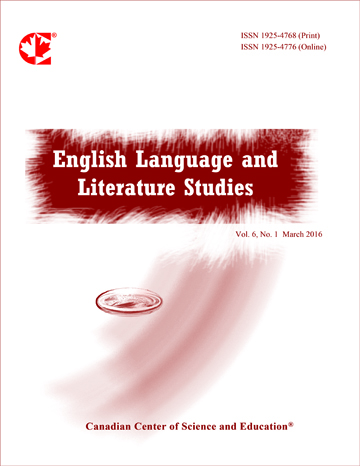Analysis of The Scarlet Letter from the Perspective of Ecology
- Ran Huo
Abstract
Nathaniel Hawthorne’s The Scarlet Letter is “the culmination of his reading, study, and experimentation with themes about the subjects of Puritans, sin, guilt, and the human conflict between emotions and intellect” (Van Kirk, 2000, p. 7). Since its publication, the novel remains popular generation after generation and has been studied in myriad ways. Following environmentalist scholars Jeger and Slotnick, this paper studies Hawthorne’s masterpiece through the lens of ecology, suggesting that study should be focused on the transaction between people and their settings, which includes both the natural and social environment, rather than looking exclusively at individuals or the environment as sources of human’s health problems. From such an ecological perspective, this analysis of the story focuses on space not merely individuals. The understanding that place is not only land’s natural features but also includes the cultures of the people with their human, social, and economic arrangements is essential. This paper also analyzes the reasons for the trauma of the four protagonists of The Scarlet Letter and the ways their destinies shaped by their different relations to their ecological environment. Finally, the paper illustrates the role nature and love play in promoting mental health and the overall growth of the main characters in the novel. In conclusion, the novel recognizes that the harmony between humans and their environment, both external and internal, and both natural and man-made, is key in enhancing people’s happiness and health level, both physically and psychologically.
- Full Text:
 PDF
PDF
- DOI:10.5539/ells.v12n1p76
